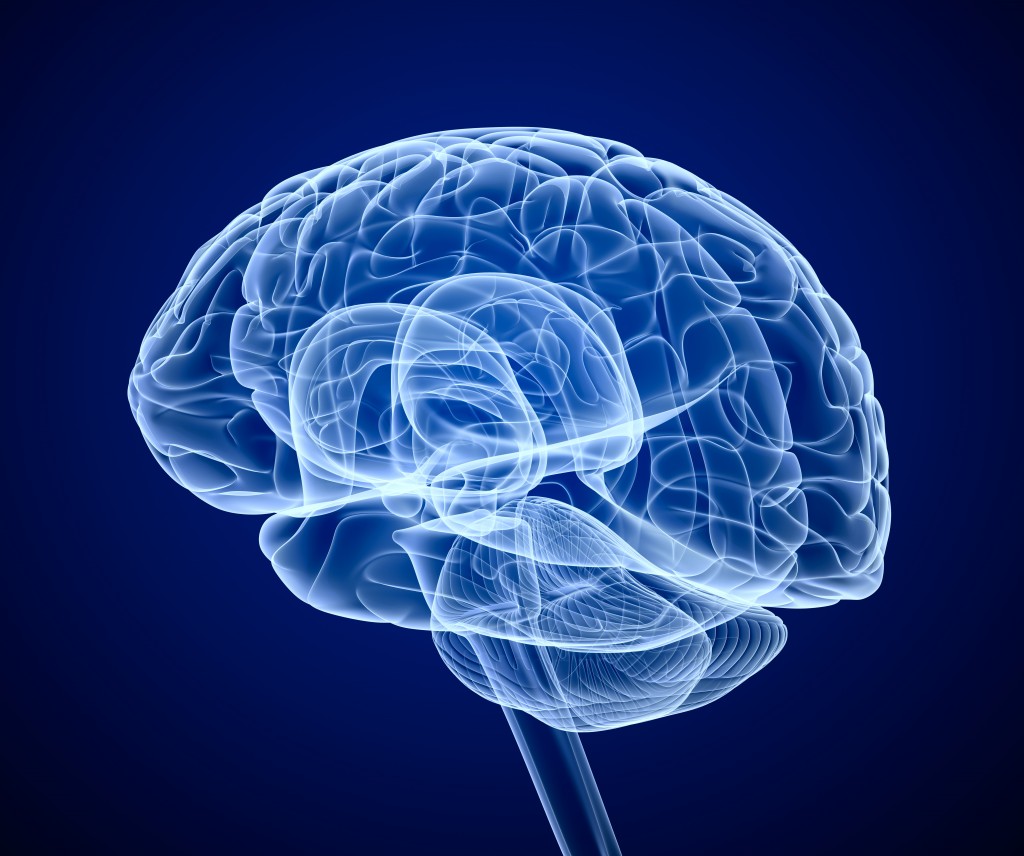Study Finds No Link Between Attention Deficit Hyperactivity Disorder and ALS

German researchers have found that attention deficit hyperactivity disorder is not more common in ALS patients than in the general population, despite previous suggestions of a link between them.
The study, “Lack of an association between attention-deficit/hyperactivity disorder (ADHD) and amyotrophic lateral sclerosis (ALS),” appeared in the Journal of the Neurological Sciences.
ALS is the most common neural movement disease. But when and how it occurs and how it progresses varies widely. There are big differences in the age when it strikes, the location in the body where it is first seen, how fast it worsens, the kind of non-movement manifestations it exhibits, and its response to therapy.
A lot of ALS patients have reported engaging in intensive exercise before their diagnosis, suggesting an association between physical activity and ALS. Evidence of this has been inconsistent, however.
Doctors have also linked increased physical activity to people with attention deficit hyperactivity disorder. ADHD is the most commonly diagnosed children’s mental disorder. Its manifestations include hyperactivity, inability to control impulses, and difficulty paying attention.
People with ADHD and ALS share some common characteristics, such as increased physical and psychological activity. This has prompted scientists to hypothesize that the disorders could be linked.
Until German researchers took up the topic, no study had investigated the possible association, however.
A Hannover Medical School team decided to see if ALS patients had a higher frequency of ADHD than the general population. Patients with another neurodegenerative disease, Parkinson’s, were used as a control group, since there appears to be no link between ADHD and Parkinson’s.
The study included 104 ALS patients, 52 people with Parkinson’s, and 2,069 people from the general population. The team recruited the ALS and Parkinson’s groups from an outpatient clinic that is part of Hannover Medical School’s Department of Neurology.
Researchers used two patient self-reporting tools to assess the study participants’ lifetime ADHD rate. One, a German short version of the Wender Utah Rating Scale, dealt with ADHD in childhood. The other, the ADHD self-rating scale, addressed the rate in adulthood.
In general, the ALS participants in the study had a less severe form of the disease, the revised Amyotrophic Lateral Sclerosis Functional Rating Scale showed. Thirty-nine, or 38 percent, developed the disease before age 55.
The study’s key finding was that there were no differences in adult ADHD among patients with ALS, Parkinson’s, and the general population. In addition, to the team’s surprise, ALS patients had significantly lower rates of childhood ADHD than the general population — the opposite of what they believed they would see.
In addition to having lower rates of ADHD than the general population, ALS and Parkinson’s patients spent more time exercising than the public overall. Researchers used the 21-item exercise dependency scale to make this assessment.
“Our study, thus, does not support the hypothesis of a pathophysiological link between ALS and ADHD,” the team wrote. “On the contrary, it provides the first evidence for shared personality traits in ALS and PD [Parkinson’s].” These two traits are “lower rates of premorbid [pre-disease] attention deficit and increased physical activity.”
The researchers noted that since their analysis included only patients with less severe ALS, studies of larger patient samples are needed to see if the conclusions apply to all patients.






